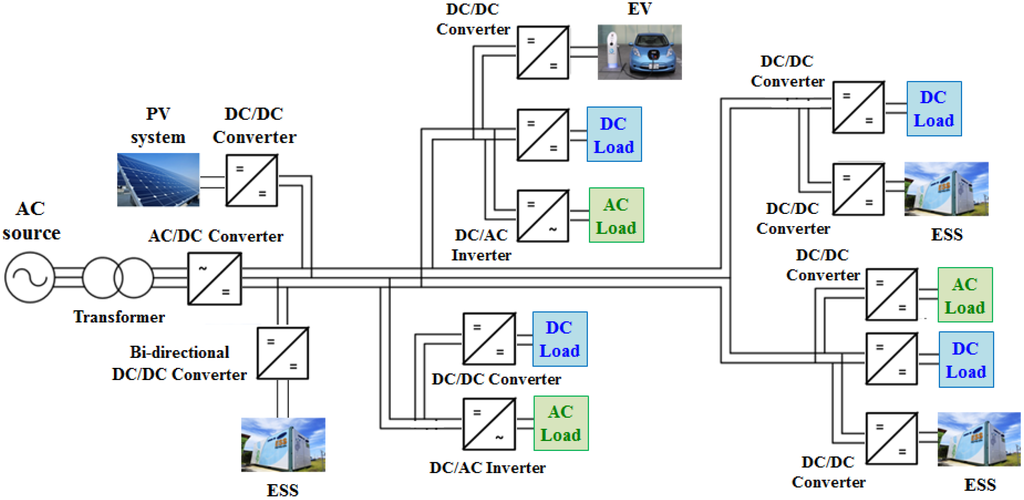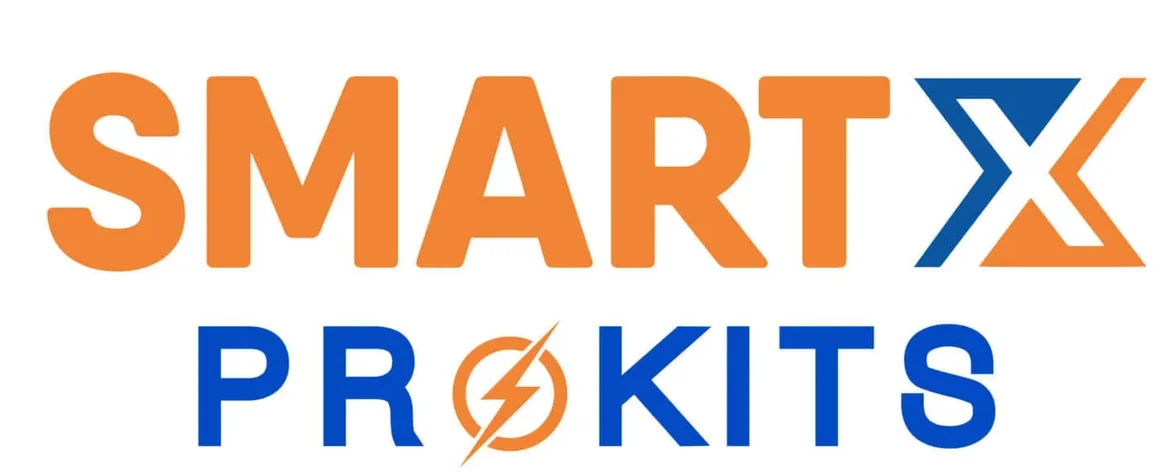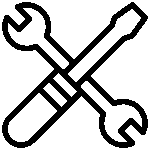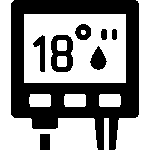Low Voltage Drone Power System Design: An Essential Guide for Hobbyists and Engineers

Designing a low voltage power system for drones can be a challenging task, especially for electronics hobbyists and engineers in India. Low voltage systems are crucial for optimizing drone performance and preventing power-related failures. Here’s a simple guide to help you fix common power system issues.
The Problem :
One of the biggest challenges in low-voltage drone systems is ensuring a stable power supply to all components without overloading or damaging them. A common issue occurs when the battery voltage drops too low, leading to inefficient power distribution or sudden shutdowns mid-flight.
The Solution :
To solve this, you need a reliable voltage regulator that converts the battery’s high voltage to a steady, lower voltage. By using a step-down (buck) converter, you can ensure that each component—like the flight controller, ESC, and camera—gets the right voltage for optimal performance.
Example :
Imagine you’re flying a drone, and halfway through, it suddenly shuts down. Upon inspection, you find that your battery voltage was too high, and the components couldn’t handle it. Adding a buck converter would prevent this issue by maintaining a stable voltage across all components, ensuring uninterrupted flight.
Sample Calculation :
If your drone battery is 12V and you need to power a 5V flight controller, use the formula for power:
Power (P) = Voltage (V) x Current (I).
For example, if your flight controller requires 2A, the power would be:
P = 5V * 2A = 10W.
This helps you choose the right buck converter to ensure efficient power delivery.
Product Suggestions :
To implement this solution, look for high-quality, reliable components like MOSFET or buck converters, both of which are crucial for low voltage regulation in your drone projects.
Shop now at SmartXProKits.in!
Support our work and India’s innovation—buy from our Make in India site!




















